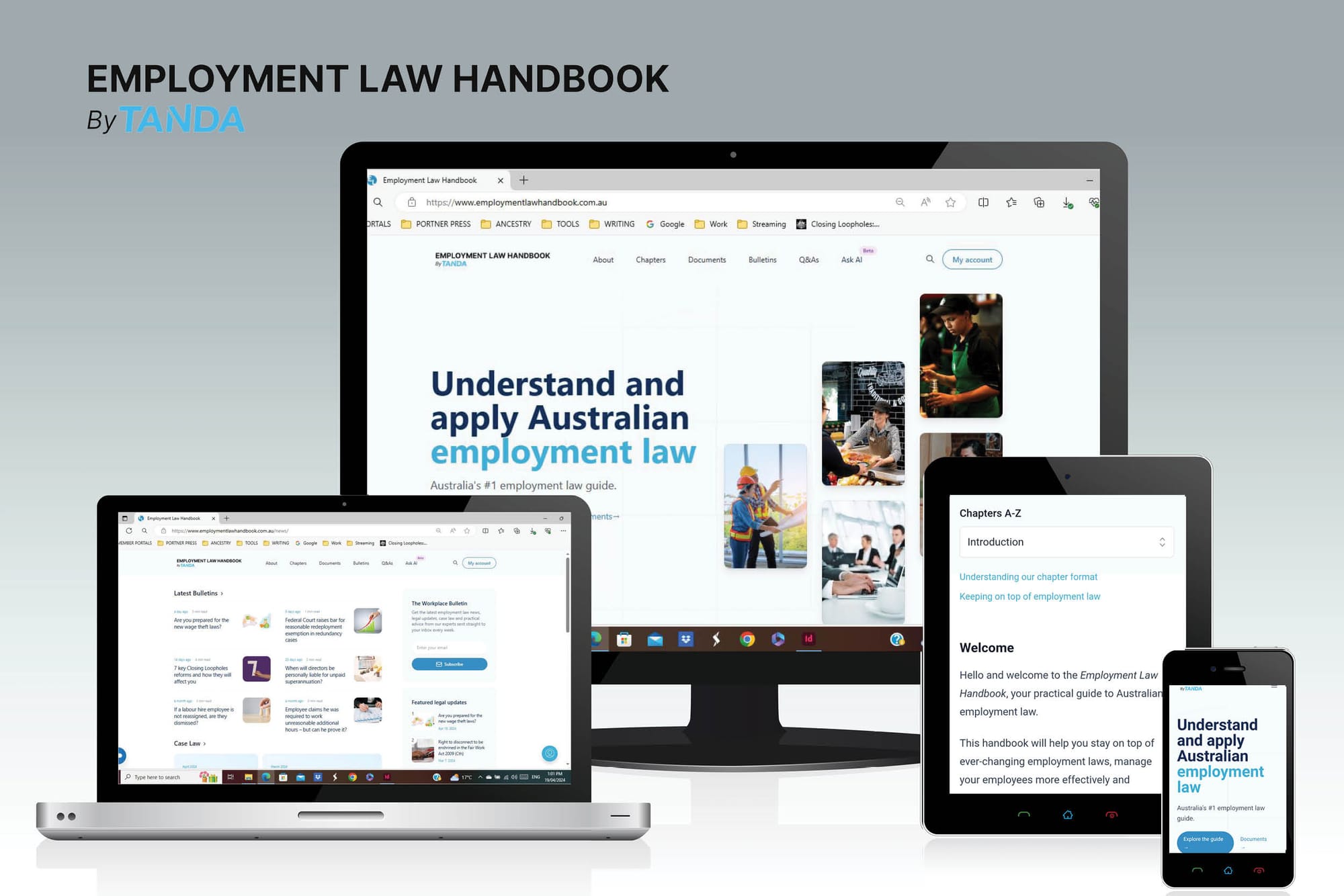SafeWork NSW announces psychosocial hazard blitz on large employers
If you are a large business operating in New South Wales with 200 or more employees, then SafeWork NSW may target you in the next 12 months as it implements a strategy to ensure compliance with the new psychosocial hazard laws.
On 22 May 2024, SafeWork NSW released its Psychosocial Health and Safety Strategy 2024–2026 (Strategy). Under the Strategy, SafeWork NSW has stated that it will increase regulatory action against high-risk and large businesses, as well as government agencies.
More specifically, SafeWork inspectors will conduct ‘Psychosocial WHS Checks’ when visiting a workplace with 200 or more employees. Employers that fail to comply with their work health and safety (WHS) duties will face regulatory action, and a potential WHS prosecution in the case of a serious or repeated breach.
If you are a large business with 200 or more employees, it is essential that you are prepared for these inspections.
What is a psychosocial hazard?
A psychosocial hazard is an aspect of the work environment that may induce a stress response in a worker or other person, leading to psychological or physical harm. Psychosocial hazards may arise from:
- the design or management of work in the workplace;
- the requirement to undertake tasks involving an inherent psychosocial hazard or risk;
- the requirement to perform tasks in a physically hazardous environment; and
- social factors such as workplace interactions or behaviours.
Common psychological hazards include work overload, bullying, harassment, lack of role clarity and exposure to traumatic events.
What are the duties of an employer?
Under WHS laws, persons conducting a business or undertaking (PCBUs) have a positive duty to manage psychosocial risks within their workplace. To discharge its duty, a PCBU must implement control measures that eliminate the psychosocial risk, or where it is not reasonably practicable to eliminate the risk, minimise the psychosocial risk so far as reasonably practicable.
In light of the Strategy, it is essential that PCBUs review the effectiveness of the current control measures in place to manage psychosocial risks and assess that against the controls recommended in the SafeWork NSW code of practice, Managing psychosocial hazards at work. In assessing what control measures to implement, a PCBU should consider the:
- duration, frequency and severity of a worker’s exposure to a psychological hazard;
- potential interaction or combination of several psychological hazards;
- design of the work, including the demands of the job;
- systems in place to manage, organise and support work;
- design, layout and environmental conditions within the workplace;
- plant, substances and structures at the workplace;
- interactions and behaviours in the workplace; and
- information, training, instruction and supervision of workers.
For further information on managing psychosocial hazards in the workplace, view the Health & Safety Handbook chapter Psychosocial hazards.

From the experts behind the Health & Safety Handbook, the Bulletin brings you the latest work health and safety news, legal updates, case law and practical advice straight to your inbox every week.

